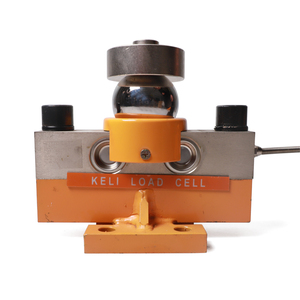Understanding Lift Sensors: An Essential Component for Elevator Systems
Lift sensors are integral components in the functioning of modern elevators and escalators, playing a crucial role in ensuring the safety and efficiency of vertical transportation. These sensors are designed to provide precise data regarding the elevator's position, direction, and door operations, which is vital for the smooth operation of the system.
Types of Lift Sensors and Their Applications
There are various types of lift sensors, each serving a specific function within the elevator system. The lift door sensor is responsible for detecting obstructions and ensuring passenger safety by preventing doors from closing on individuals. Overload sensors for elevators are another critical type, designed to detect when the weight limit within the cabin has been exceeded, thus preventing potential hazards. Elevator door sensor price and lift sensor price vary based on the technology and specifications required for different elevator systems.
Features and Materials of Lift Sensors
Lift sensors are typically manufactured from durable materials capable of withstanding the mechanical and electrical demands of elevator operations. For instance, lift encoders are used to provide precise position and speed control, which is essential for the accurate leveling of the elevator car with the floor. RTD lifts utilize resistance temperature detectors to ensure the reliable operation of the elevator under varying temperature conditions.
Advantages of Incorporating Advanced Lift Sensors
The inclusion of advanced sensors such as the airlift 3p pressure sensor fault detection system and the airlift height sensor install can significantly enhance the functionality of elevator systems. These sensors contribute to the overall safety, reliability, and efficiency of the lift, ensuring a smooth and secure experience for users. Additionally, the use of forklift load cell technology in service elevators allows for the precise measurement of loads, which is crucial in industrial settings.
Selection and Compatibility Considerations
When selecting lift sensors, compatibility with existing elevator systems is paramount. For instance, the jlg 450aj tilt sensor override is designed for specific models and may not be suitable for all elevator types. Similarly, the jlg tilt sensor is another model-specific component that should be carefully matched with the appropriate system. It is essential to understand the specifications and requirements of the elevator to ensure that the correct sensors are chosen, thereby avoiding operational issues.
Conclusion
In conclusion, lift sensors are a fundamental aspect of elevator technology, with a variety of types available to suit different applications and requirements. From ensuring passenger safety to maintaining optimal operational conditions, these sensors provide invaluable feedback to the elevator control systems. While the market offers a range of sensors, including lift overload sensor and lifting load cell, it is crucial to select the right type based on the specific needs of the elevator system. Alibaba.com serves as a platform where businesses can source these essential components from a wide array of wholesalers, catering to the diverse needs of the elevator and escalator market.










































 浙公网安备 33010002000092号
浙公网安备 33010002000092号 浙B2-20120091-4
浙B2-20120091-4